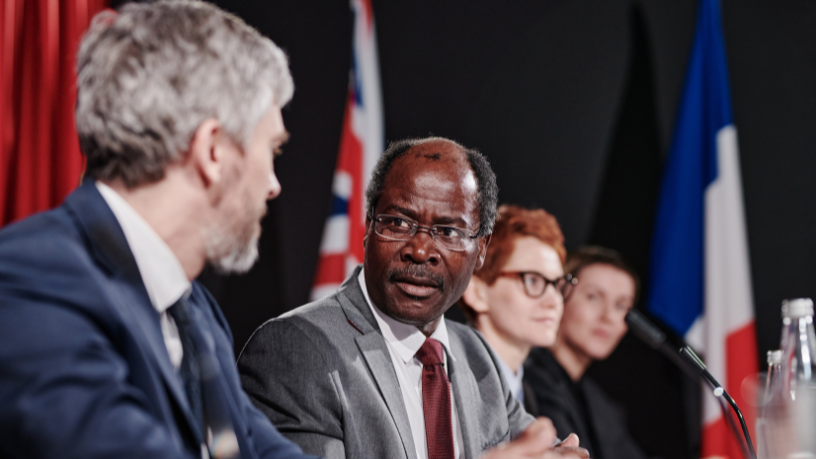Trump’s Middle East trip marks one of the most decisive moments of his second term, revealing a clear strategy to strengthen commercial and political ties with key countries in the region. The former president landed in Riyadh, the capital of Saudi Arabia, as the first stop in a tour that also includes visits to Qatar and the United Arab Emirates. With an agenda focused on investments, strategic agreements, and trade alliances, Trump aims to show influence and power in an increasingly competitive and volatile global landscape.
Trump’s Middle East trip comes with high expectations for billion-dollar partnerships between the United States and the Gulf nations. During his stay in Saudi Arabia, Trump spoke at an investment forum and highlighted the importance of his friendship with Crown Prince Mohammed bin Salman. The relationship between the two leaders was portrayed as a strong and strategic alliance, with promises of investments that, according to Trump, could exceed the trillion-dollar mark in the medium term.
However, Trump’s Middle East trip is also surrounded by controversy and criticism, especially regarding potential conflicts of interest involving the Trump family’s private businesses. Reports indicate that Trump-owned enterprises have significantly expanded operations in the region, raising concerns over the use of political influence to benefit private interests. This overlap between foreign policy and private business reignites debates on ethics and transparency in presidential conduct.
Another point of tension during Trump’s Middle East trip is the Qatari government’s offer of a luxury jet as a gift to Trump. The acceptance of such a present has triggered alarms among national security experts and sparked negative reactions from members of Congress and the American public. While the gesture may be interpreted as diplomatic, the ethical and legal implications make it one of the most sensitive issues of the trip.
As the visit progresses, Trump’s Middle East trip also carries symbolic weight as a return to international political prominence. Following a period of domestic political turbulence, Trump seeks to reinforce his image as a global leader capable of securing high-value deals in sectors like energy, defense, and technology. The presence of top U.S. business figures at events alongside Arab authorities underscores the economic significance of the diplomatic mission.
In meetings with Gulf leaders, Trump’s Middle East trip has prioritized deals for the export of artificial intelligence chips and critical minerals. These goods are essential for the high-tech industry, and the U.S. aims to forge alliances to counter China’s growing influence in the region. The goal is to establish a technological corridor between Washington and Arab capitals, solidifying America’s position in the evolving geopolitical arena.
Trump’s Middle East trip also notably skips traditional stops such as Israel. The absence of Jerusalem from the itinerary is interpreted by many as a shift away from classic diplomacy followed by past administrations. Focusing on financially and geopolitically powerful countries reveals a shift in priority—less traditional politics, more business. This pragmatic stance reinforces Trump’s “America First” approach but causes discomfort among long-time allies.
With a mix of commercial interests, strategic alliances, and diplomatic controversies, Trump’s Middle East trip stands as a complex and revealing chapter in his renewed political phase. The impact of these moves will be felt both in the halls of Washington and in bilateral relations with Gulf powers. Meanwhile, the global press and political opposition remain vigilant, closely watching every gesture, contract, and possible contradiction involved in this presidential journey.
Author: Bergezin Vuc







